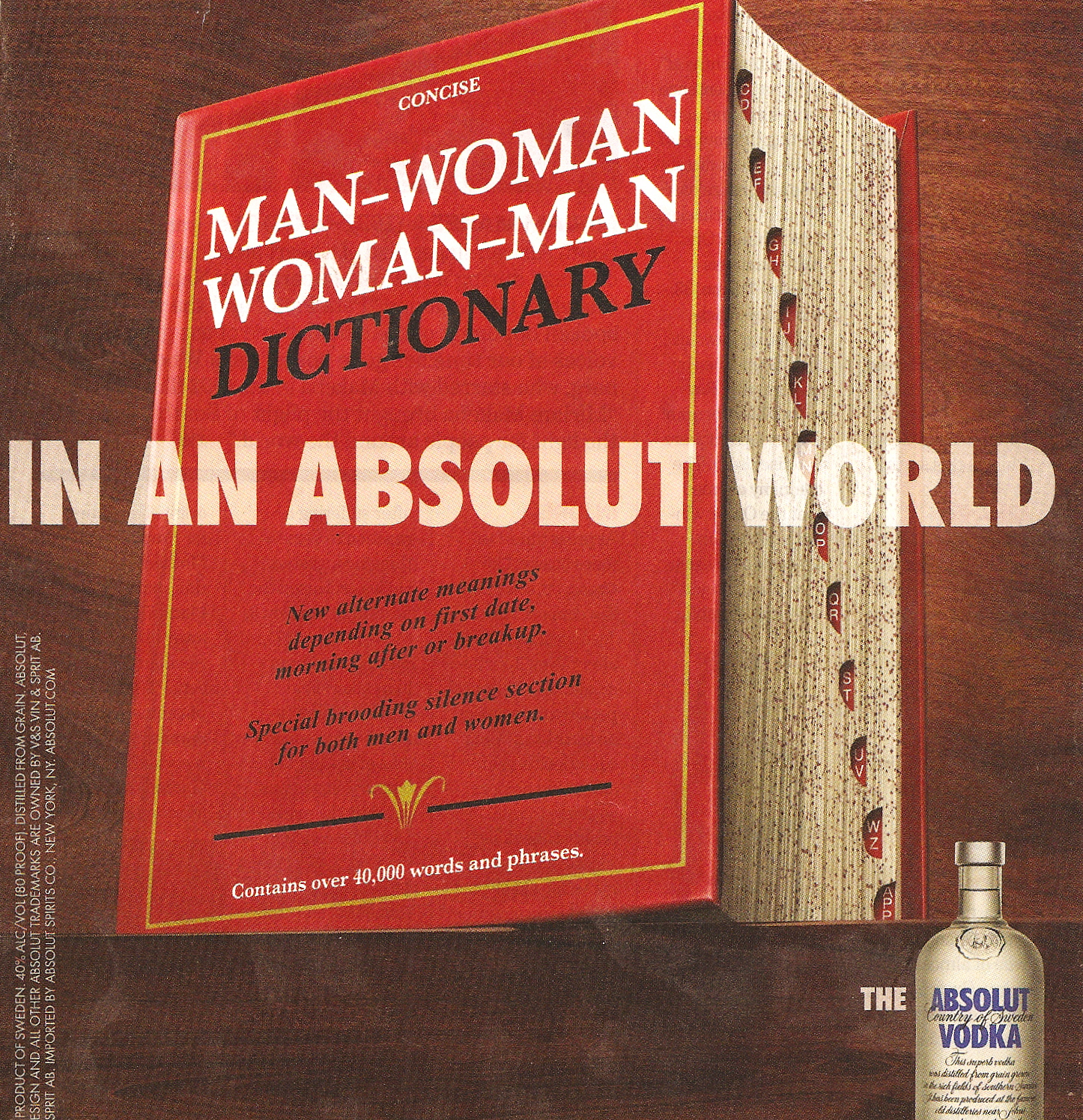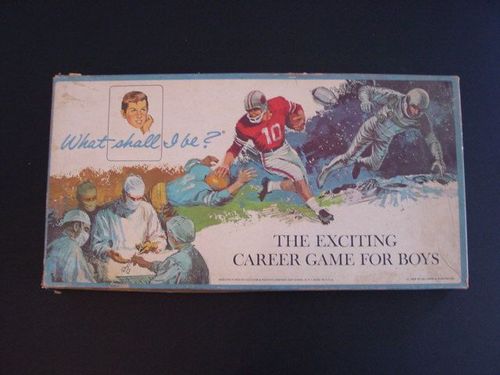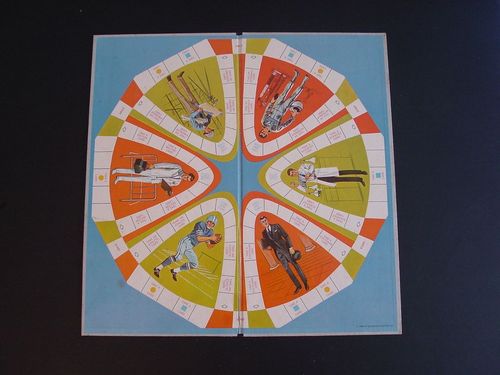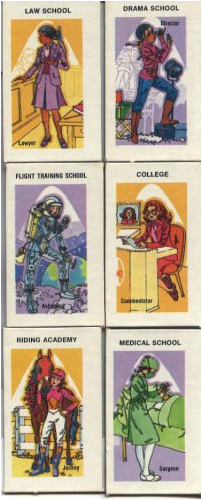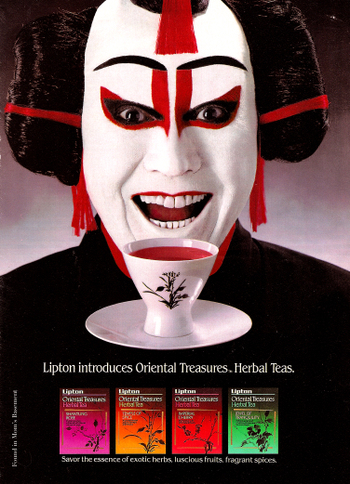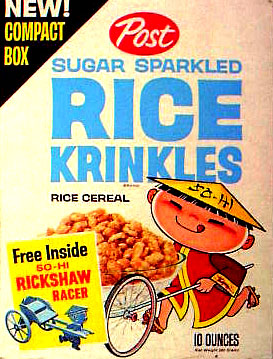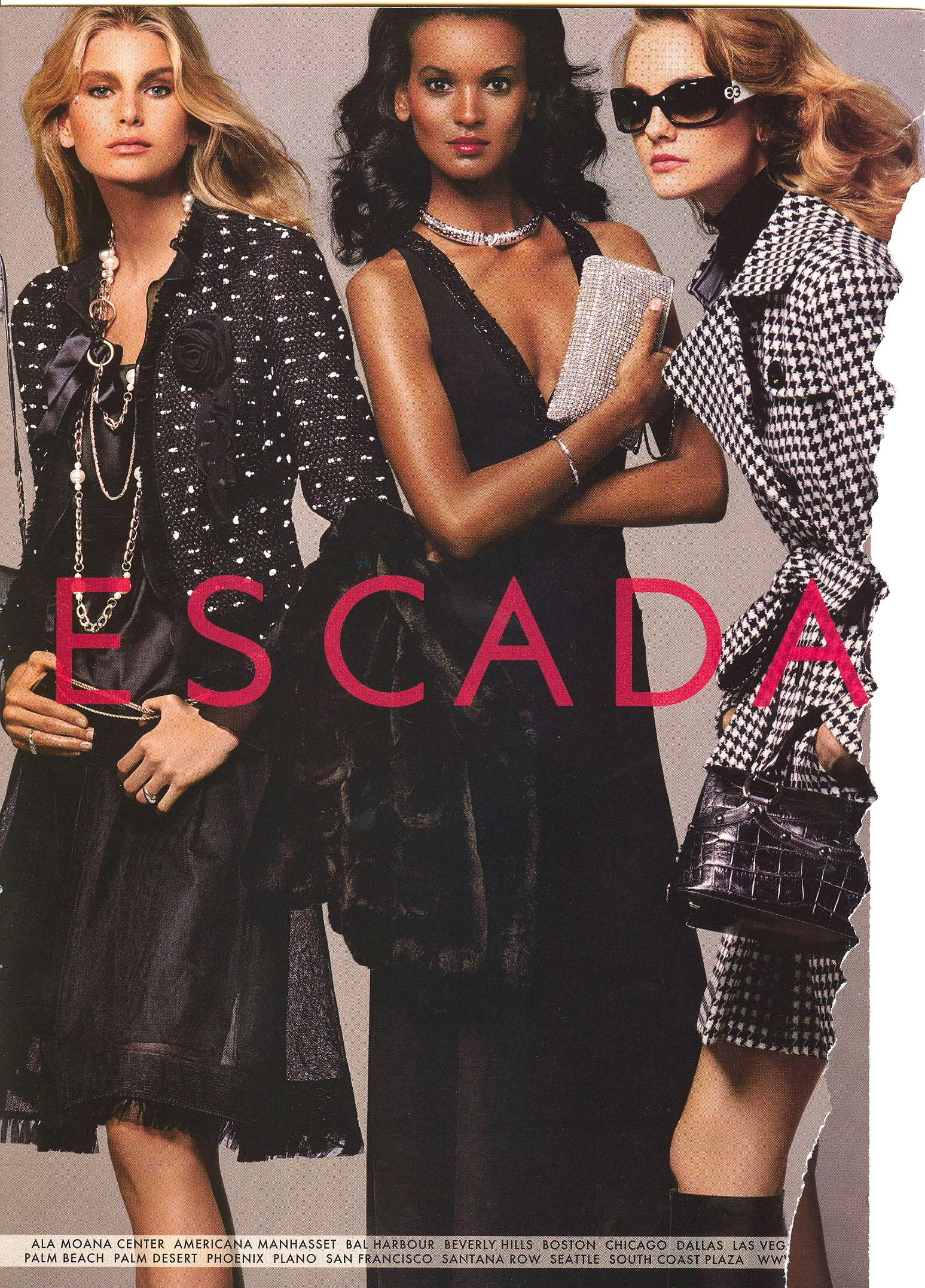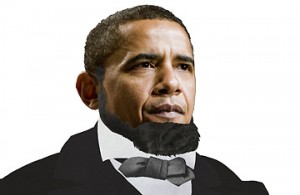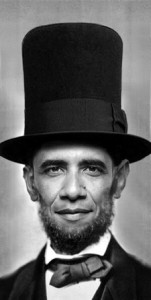I found this ad for the De Beers diamond company in the New Yorker:
It uses the fascinating strategy of selling diamonds, an unnecessary luxury item made very expensive because the De Beers company has a monopoly on diamond mines and makes sure to keep supply artificially low, by criticizing consumerism based on buying unnecessary items. The message here is that we should stop buying so much unnecessary stuff…but that diamonds don’t fall into the category of unnecessary. Rather, diamonds are “better” things you should cherish “forever.” Of course, this anti-consumerist, buy-less-stuff message is also useful for De Beers because buying fewer things might be the only way, in a struggling economy, for people to save up to buy one or two more expensive items that can become family heirlooms to be “passed down for generations”…such as, say, diamonds.
Honestly, this is one of the most interesting ads I’ve seen in a while. I mean, it takes some nerve to sell luxury jewelry by telling people to stop wasting money on unimportant things.
UPDATE: Commenter Barbar pointed me to this interesting article in The Atlantic about the history of the diamond market.




